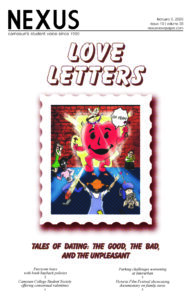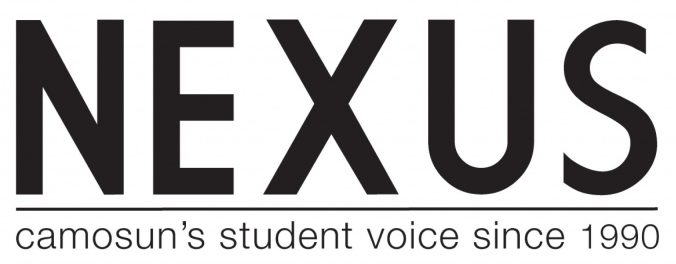Like many post-secondary institutions, Camosun College currently has a service in place wherein students can sell used textbooks back to the college bookstore at roughly 50 percent of retail price at the end of the semester. Up until recently, I and all of my two friends had never heard of this.
This is a great service to have in place, as buybacks are not only positive for students’ bank accounts but also for the environment. Every year our precious, precious forests are ravaged, ground into pulp, bleached by toxic chemicals, and hauled off in diesel trucks. By eliminating these steps, these second-hand textbooks are an example of vital sustainability.
Unfortunately, because of a lack of knowledge on the part of the students or lack of second-hand supply on the part of the bookstore, the current system leaves students often unable to access alternatives to new textbooks.
Cards on the table: I didn’t know about the textbook buybacks until very recently, when I was fortunate (or unfortunate) enough to walk by the sign in front of the bookstore announcing the current round of buybacks. Although this was my third semester at Camosun, I had never heard of the service until that point. But bringing in the textbook meant an extra trip after my last final exam, which wouldn’t have been so irksome had I, and the person in front of me, not been informed upon arrival that our books were ineligible to be bought back. Apparently, we would have known that information had we entered the books’ ISBNs into the school website. While listed on the sign outside the bookstore, this last step was relatively simple but not intuitive. I had completely glossed over this even after reading the sign.

This may seem a particularly pedantic point to devote 500 words to in the student newspaper (especially considering I always had the option of selling the book online), but it’s important to remember that when systems are more difficult to use, fewer people use them and everyone loses. Outgoing students don’t get the benefit of extra money, incoming students don’t get the benefit of cheap textbooks, and staff at the bookstore are forced to deal with irate customers such as myself.
So, what can be done?
The first answer is signage. Lots of signage year-round about what textbook buybacks are and when they are available.
Secondly, a better system would be one in which the titles of eligible textbooks are listed outside the bookstore during the buyback period. Remember, this is information the bookstore will almost certainly have. This saves students wasting time by bringing in ineligible books and employees needing to spend their shifts doling out bad news.
Thirdly, the bookstore currently doesn’t buy back textbooks for courses not taking place the following semester. This is extremely short-sighted as many courses happen only during certain semesters, meaning the school is virtually guaranteeing no second-hand options will be available for those courses. Indeed, this means touching on broader issues of how college courses are scheduled.
Lastly, the college should extend the buyback period by a week earlier given the bookstore is still operational in that time and, by the time finals roll around, many students have already read through the textbooks.
If you’re interested in getting some money back, the next round of textbook buybacks are taking place April 22 to April 25. And it benefits everyone if you show up.
